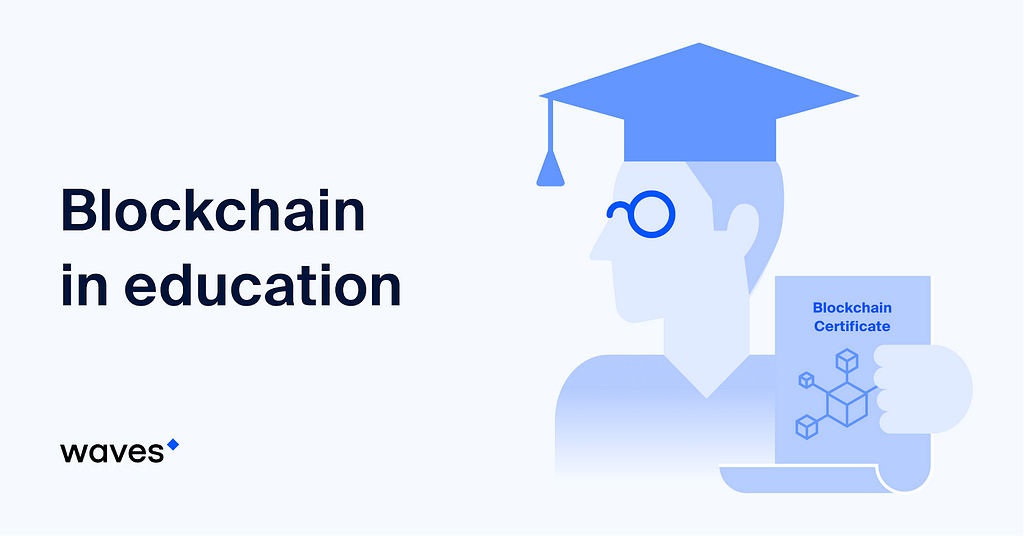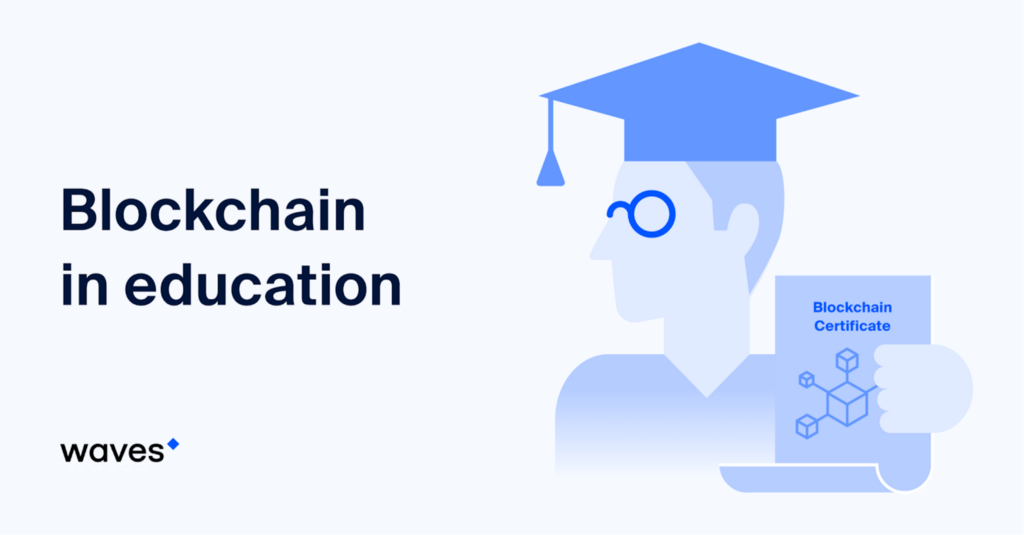
Blockchain technology continues to make inroads into our lives and change familiar products, just as it has already changed our financial ecosystem and the sphere of online currencies forever. Can it also change the world of education?
The role of educational certificates
Education plays a foundational role in human life. We study at school, then at university, and in the course of most careers will attend further courses to improve our skills and become more valuable as a specialist. Our educational portfolio does not directly contain the knowledge we acquire, but paper certificates confirming the fact that we have received a given skill, such as:
- Diploma of higher education
- Certificates from Coursera, Udemy and Stepik
- Certificates for attending conferences or participating in hackathons
These documents enable employers to evaluate employees, and organizers of educational events to raise their value for students.
The role of these documents is often underestimated. However, if we do not pay sufficient attention to the authenticity of a candidate’s education, this can cause enormous problems for a person or even a whole country. For example, in December 2019, a scandal occurred in Nigeria when it came to light that more than 100 university teachers held fake diplomas.
Such precedents should prompt us to rethink our approach to issuing certificates in the future.
What are certificates on the blockchain?
Currently, certificates are issued in two forms: paper and digital.
A certificate, as it was originally conceived, is a piece of paper with information printed on it that the bearer has completed a given educational course. This may be stamped or branded by the organization that conducted the course, but in any case, it is extremely easy to forge such a document.
A digital certificate, issued in electronic form, is more convenient. Users do not need to worry about storing these: they can exist on hard drives or email accounts for as long as necessary. However, this still does not solve the problem of proving authenticity.
A certificate recorded on the blockchain is an improved version of an electronic certificate. This is still sent to the user’s email in PDF format, but in addition, its data is also stored in a highly reliable medium: the blockchain.
Why store certificates on the blockchain?
We have already touched on the main problem of digital certificates: they are easy to fake. The easiest way is simply to take someone else’s certificate and change the owner’s name using Adobe software.
The sad thing is that it is so difficult to verify the authenticity of a certificate that typically no one spends time doing it, preferring instead simply to accept authenticity as a fact. For example, if a recruiter for a company receives a job application containing a certificate from Changellenge, the only way to verify its authenticity is to call Changellenge and check. This is too difficult and time-consuming, especially since this candidate is likely one of many on the recruiter’s list. The recruiter will most probably assume that the certificate is authentic by default.
Thus certificates have lost much of their value over time, since they offer little proof that the holder has worked honestly to improve their portfolio.
Many educational companies are working to solve the problem that their certificates are so easily forged. One solution that was implemented some time ago — notably, by the Udemy educational platform — is a certificate verifier page.

Note that the lower left corner of the certificate contains a unique ID and a link to its verifier. Any Internet user can verify its authenticity instantly by clicking on the link: http://ude.my/UC-h0XTD899.
This solution is extremely convenient and solves the problem of an employer who would like to verify the authenticity of a certificate provided by a candidate for a position. However, the certificate owner and Udemy user might reasonably ask the question: who guarantees that the link will still work in 20 years? If Udemy ceases to operate, who will be able to verify the certificate? In the current implementation, the answer is, unfortunately, no one.
In order to ensure that certificate data will be stored forever, you need to use the blockchain.
In existing solutions, when the platform issues a certificate for a user, it stores it on a server. This is a centralized solution that has known disadvantages. If something happens to the server — for example, the owner goes bankrupt and stops paying for hosting — then the data on it will be lost.
Is it possible to implement this now?
The development of blockchain technology is advancing rapidly, and it is already quite easy to implement certificate storage on a public blockchain using an established blockchain ecosystem such as Waves. This article describes an example of how such a service can be developed in a short time using ready-made tools of the Waves ecosystem.
Incidentally, replacing the centralized server with blockchain integration for certificate storage is quite interesting from a financial point of view. Given the price of WAVES in March 2020, adding one certificate to the registry would cost ~$0.001. It turns out that adding 10,000 certificates to the blockchain forever equals the cost of renting a virtual machine for one month.
Educational projects related to Waves are pioneers in this field:
- A course for Stepik (https://stepik.org/course/54415/promo) included a certificate on the blockchain in 2019.
- The upcoming QUIZ for developers will issue diplomas on the blockchain.
Prospects for a decentralized future
Storing certificates of education in a decentralized registry will increase their value significantly. It will be possible to check a diploma in one click, but it will be impossible to fake it, ensuring that only truly eligible candidates are appointed to important positions. This is why digital document management, and educational certificates in particular, is one of the most important applications of blockchain technology.
Read Waves News channel
Follow Waves Twitter
Watch Waves YouTube
Subscribe to Waves Subreddit
Educational certificates on the blockchain: why and how? was originally published in Waves Platform on Medium, where people are continuing the conversation by highlighting and responding to this story.

